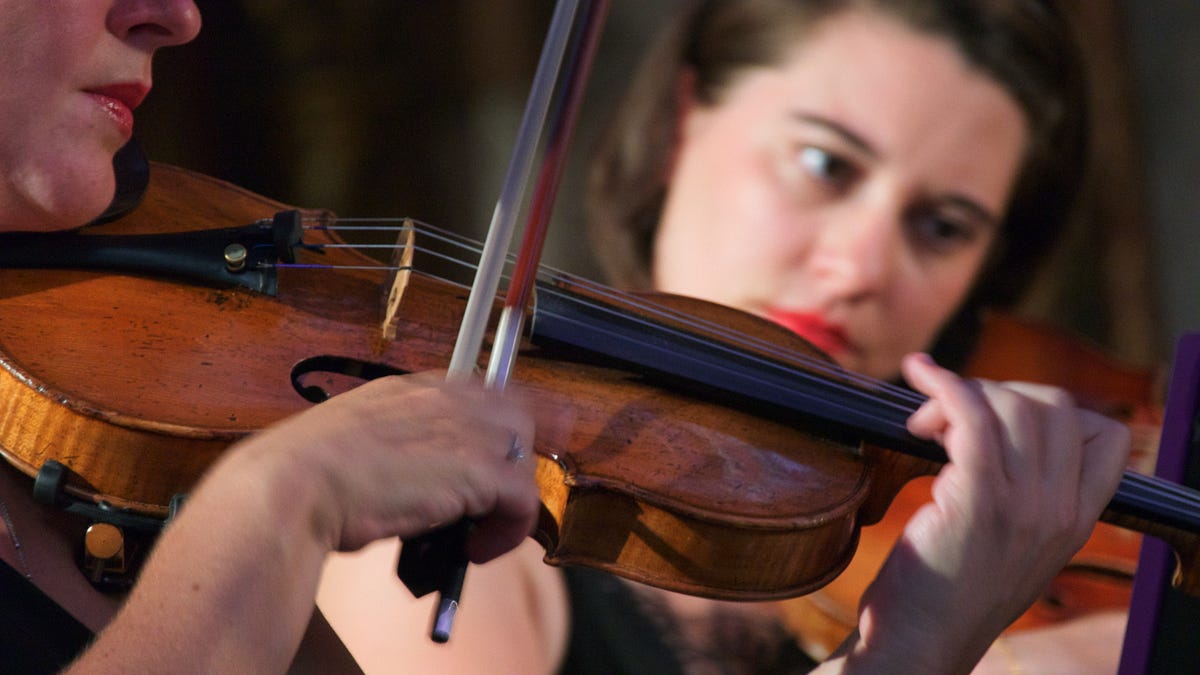- Messages
- 18,053
- Location
- Sunny Southampton
Exactly. It's all down to the pitch that has been decreed at that time for that country/region. So back then presumably piano tuners would tune to A = 453 or whatever.But were pianos tuned "high pitch" at that time?








